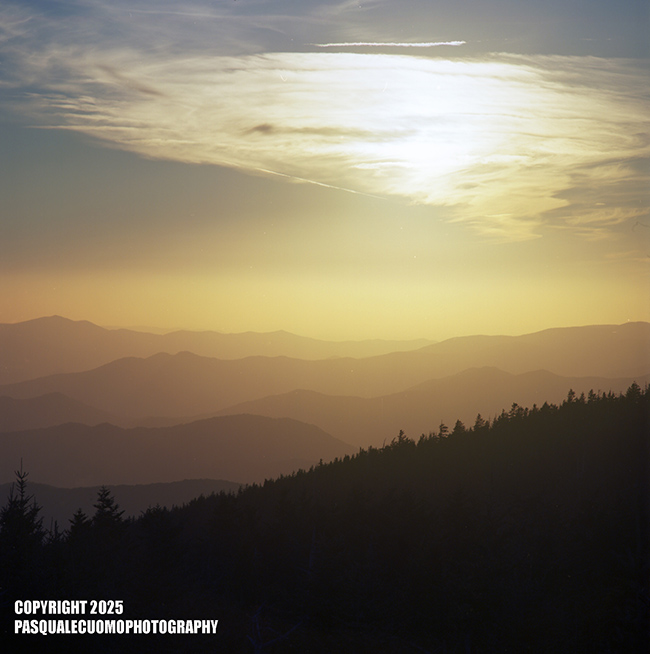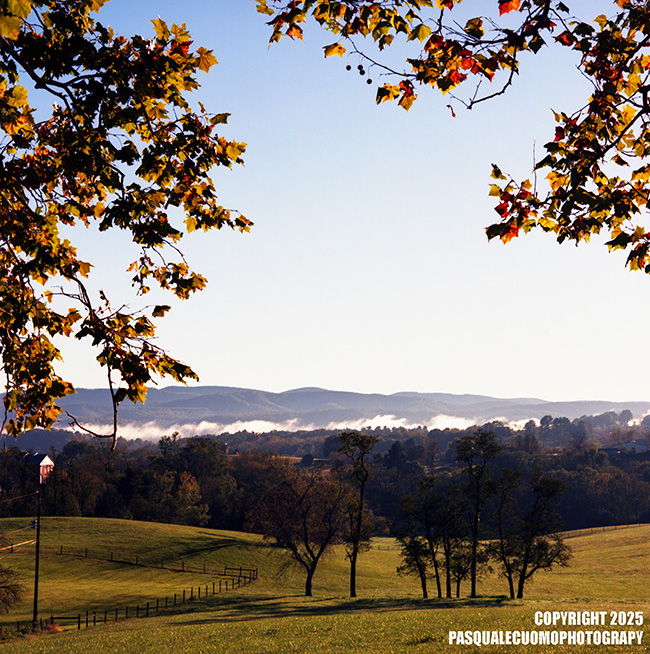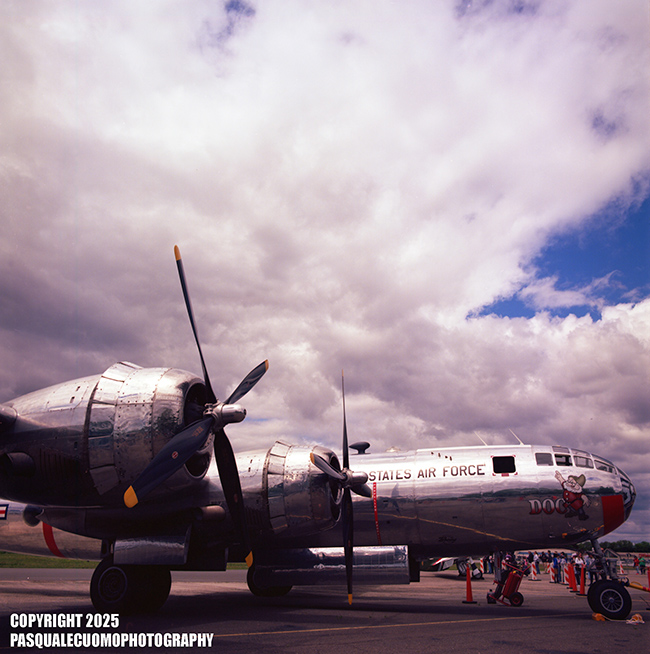Pasquale J. Cuomo’s relationship with photography started early and never let go. He picked up his first camera as a teenager and didn’t put it down. What began as a fascination quickly became a full-blown pursuit, eventually stretching across five decades. Cuomo isn’t just a photographer—he’s someone who’s stuck with the craft through its many shifts, from darkrooms to digital sensors and now back to film by choice. His career is built on versatility. Over the years, he’s shot weddings, fashion spreads, architectural details, legal documentation, advertising campaigns—you name it. By the mid-1980s, he had his own lab, serious equipment, and a lineup of clients who trusted his eye. He never focused on just one lane. If something caught his attention, he photographed it. His approach has always been about observation, not flash.
Recently, Cuomo has been spending more time revisiting old landscapes and working again with film—Ektar, in particular. His recent photos feel like a return, not just to places he’s seen before, but to the rhythm that pulled him into photography in the first place.

In October 2024, he made his way back to the Great Smoky Mountains, a place he hadn’t photographed since 1991. This time, it was personal. At 70, he hauled his gear up the steep climb to Clingman’s Dome, the highest point in the park, aiming to catch the light before sunset. The weather didn’t fully cooperate, but he still came away with a few images that made the effort worthwhile. His camera of choice—his old Hasselblad 500C/M paired with a 150mm lens—shows he’s not interested in shortcuts. The photo was made the slow way: through patience, physical effort, and a roll of film. For Cuomo, it wasn’t just a shot of a sunset. It was a checkpoint—a quiet reminder of how far he’s come and why he still shows up.

That same month, he pointed his lens toward the Shenandoah Mountains near Roanoke, Virginia. He’s drawn to that part of the country and plans to return soon for a longer stretch. Early morning in those hills offers something unique—low clouds resting in the valleys, long views that stretch out without interruption. The image he captured there is simple and clean, shot with a 50mm Zeiss lens on the same Hasselblad body. It’s not overly composed or treated for effect. It just feels honest—still, like the place itself.

Cuomo’s work with aircraft is a different thread, but it comes from the same place. He’s been gradually building a collection of aviation photos—both civilian and military. Over Memorial Day weekend, he photographed one of only two B-29s still in flight, at an event in Farmingdale, New York. Planes have always fascinated him—not just how they look, but how they’re built. His previous work in the machine tool industry brought him inside aircraft manufacturing facilities across the U.S., and that exposure left a mark. The B-29 photo, like the others, was shot on film. Capturing something that size—especially within event constraints—is a challenge. But Cuomo doesn’t aim to show the whole plane in one sweeping shot. He looks for shape, shadow, and personality. These aren’t just machines to him. They’re part of a bigger story.
Across all his work, one thing stays consistent: Cuomo doesn’t rush. He’s deliberate, both in subject and in method. He still works with film not because it’s nostalgic, but because it slows things down. It forces decisions. When you shoot with film, every frame matters. There’s no endless buffer, no fixing it in post. That kind of discipline shows in the photos—nothing overdone, nothing excessive.
His images don’t compete for attention. They wait. They give space. Whether it’s the haze settling over a mountain range or the curve of a vintage wing, Cuomo lets his subjects breathe. His framing feels earned. You can tell these aren’t quick takes—they’re the result of looking, waiting, and choosing the right moment.
At a time when much of photography is about speed and trend, Cuomo moves at his own pace. He still hauls heavy gear, climbs trails, and shoots film because that’s how he gets what he’s after. Not likes. Not followers. Just the shot. And for him, that’s still reason enough.

